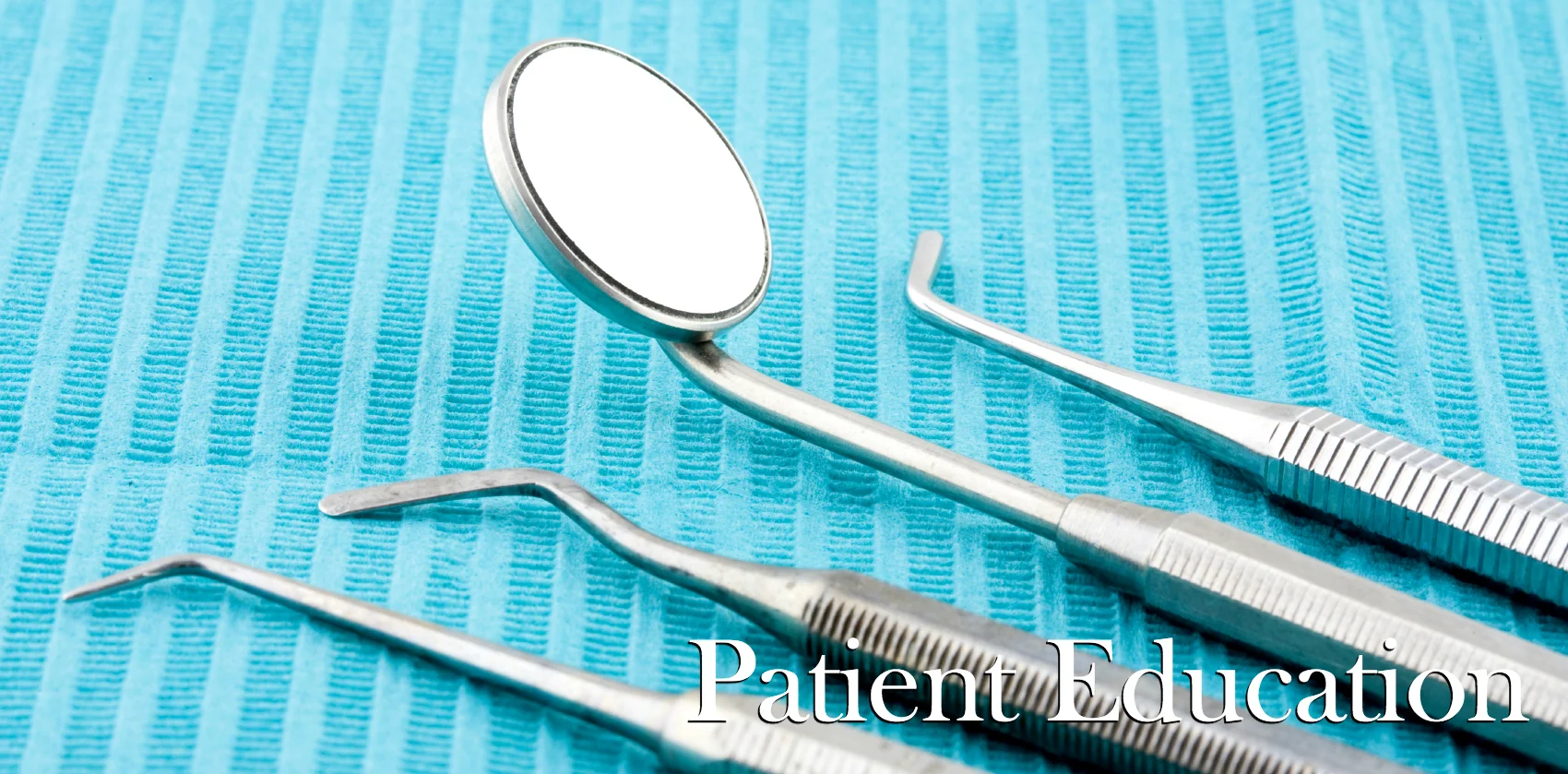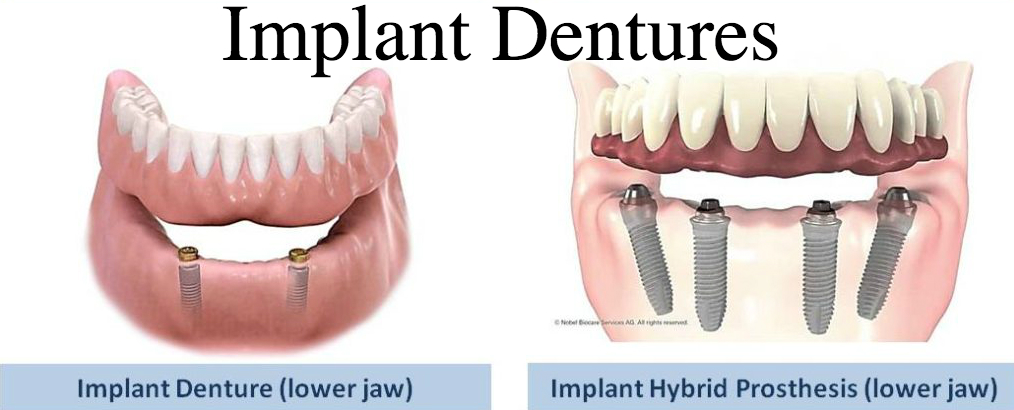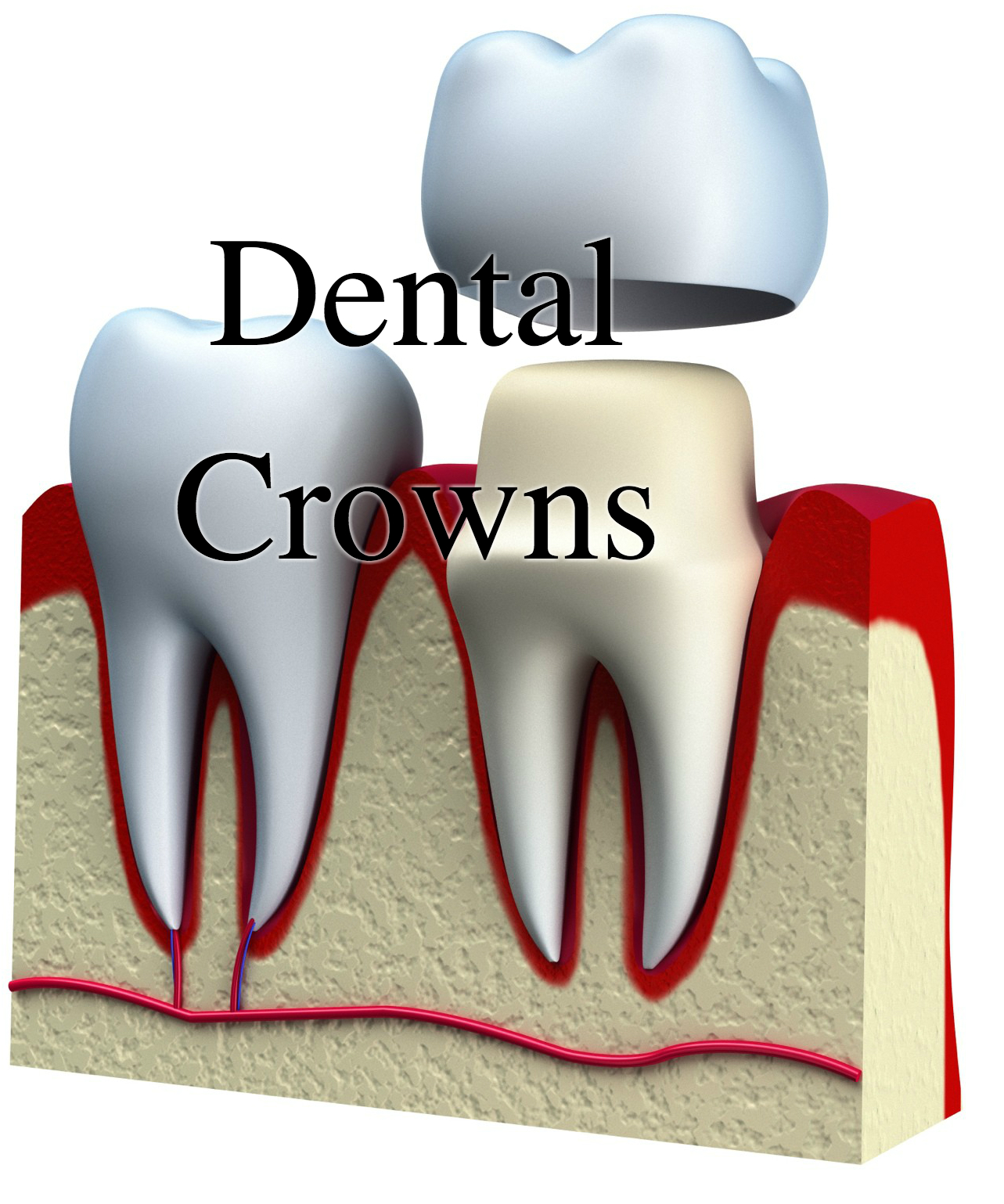As the new year rapidly approaches, we're sure that you have a few great resolutions picked out. In addition to eating healthier and watching less TV, we hope you choose to up your oral health for 2018. At Thousand Oaks Family Dentistry, we've compiled a list of great ways and reasons to keep those teeth clean. As always, we hope everyone has a happy and safe New Year's holiday!
-78% of Americans will have one cavity by the age of 17.
- Populations in areas with fluoridated drinking water (like Thousand Oaks/Conejo Valley) experience 15% less cavities on average when compared to non-fluoridated areas.
- Daily use of fluoride toothpaste is associated with an ADDITIONAL 25% reduction in new cavities.
- One in six Americans will miss work this year due to tooth pain or dental problems.
- Over a quarter of Americans report never flossing; less than a quarter report flossing every day.
- More than half of American adults suffer from gum disease.
- Healthier gums are associated with better heart health, fewer pregnancy risks and better diabetes control.
- The cost of electric toothbrushes is constantly falling, while the features (pressure sensors, timers, etc.) continues to grow.
- You only get ONE set of adult teeth- the best time to take care of them is now!
If you would like to learn more about caring for your teeth, toothpaste, flossing or other oral health topics, please give our office a call. Our main goal is ensuring that your teeth are healthy and beautiful for 2018 and beyond!





















